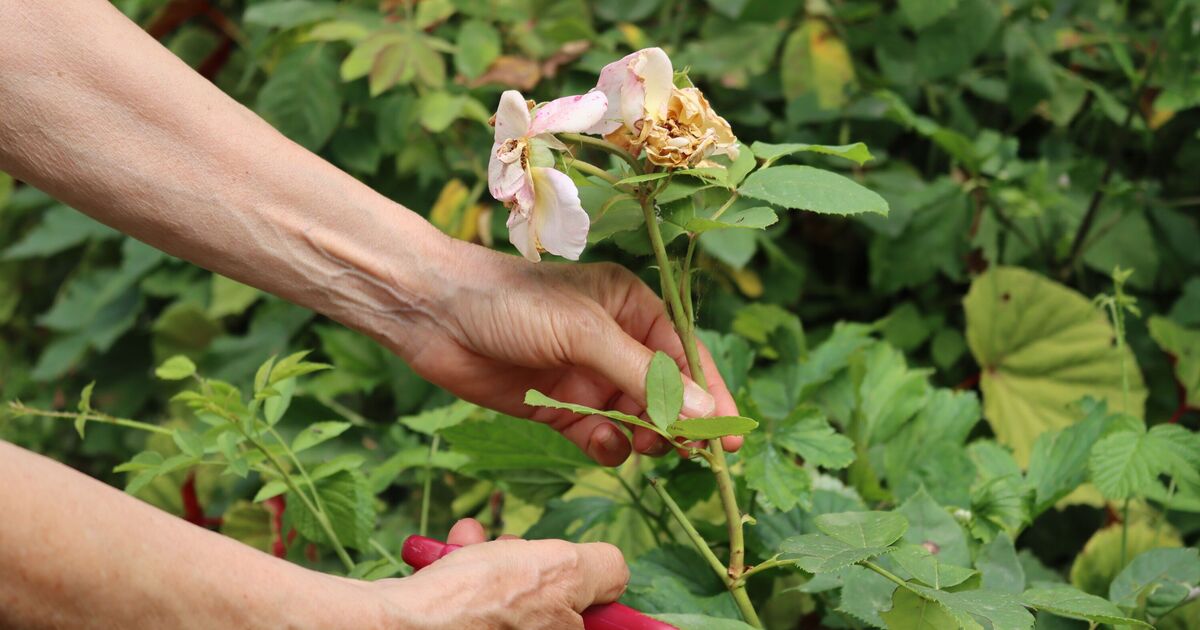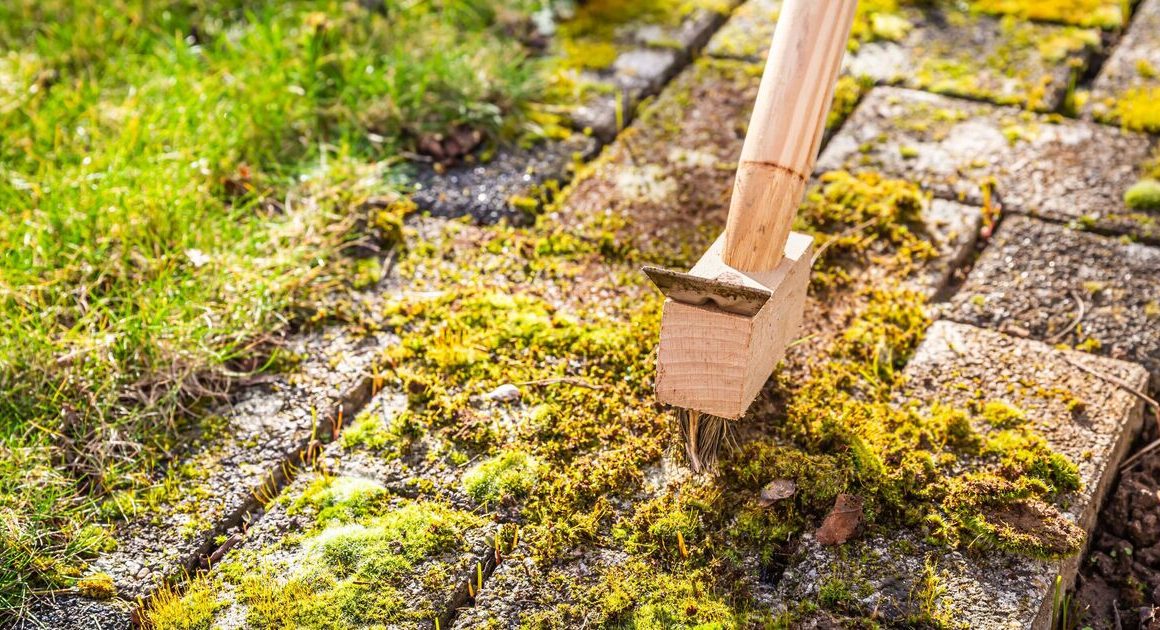Pruning is an essential gardening task, performed throughout the year to promote healthy and new growth.
However, it’s important to prune the right plants at the correct time of year to avoid damage.
According to Ash Read, founder of Indoor Plants and gardening expert, September is a pivotal month in the gardening calendar, marking the transition into autumn.
The expert said: “As the days shorten and temperatures begin their descent, many plants prepare for the dormant of winter.
“Pruning during September can be beneficial, but like the month of August, it’s essential to understand each plant’s need.”
1. Roses
According to the gardening pro, now is a great time to prune shrub roses, help shape the plant, and remove old, diseased, and dead wood.
However, for more tender varieties or for those that bloom in late autumn, it’s recommended to wait until spring.
2. Summer-flowering shrubs
The expert continued: “Many shrubs that have finished their flowering season by September benefit from light pruning.
“This can stimulate fresh growth and promote more robust blooms the following year.”
3. Perennial plants
As their flowers fade, some perennials can be cut back to help encourage a tidy garden appearance. It can also sometimes spur a “second bloom”, according to the expert.
4. Deciduous trees
September is a great time to prune any non-fruiting trees because the sap is “slowing down” and the tree is preparing for winter. This means “less stress” and “less likelihood” of disease transmission.
5. Raspberry cane and grapevines
Ash recommended pruning raspberry canes back to ground level once they have finished fruiting in the autumnal months.
The plant pro noted: “This helps the plant focus its energy on next year’s growth. If you’re growing grapevines, September is a time to consider pruning.
“By doing so, you direct the plant’s energy to the grapes and not unnecessary leafy growth. However, not everything should be pruned in September. Spring-flowering shrubs have set their buds by now, and pruning would mean cutting off next year’s flowers.
“Similarly, if you have plants sensitive to the cold, heavy pruning can stimulate new growth, which will be particularly vulnerable to frost.
“As always, the mantra remains the same: know your plants, and prune with purpose and understanding.
“Pruning is as much an art as it is a science, and the more you know about your garden’s inhabitants, the better caretaker you will be.”










